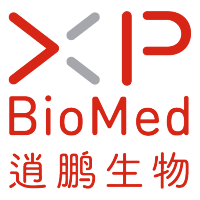Fabrication of Carbohydrate Surfaces by Using Non-derivatised Oligosaccharides
互联网
618
Surface-based tools, such as microarrays and optical biosensors, are being increasingly applied to the analysis of carbohydrate–protein interactions. A key to these developments is the presentation of the carbohydrate to the protein target. Dual polarisation interferometry (DPI) is a surface-based technique that permits the real-time measurement of the changes in thickness, refractive index, and mass of adsorbates 100-nm thick or less on the surface of a functionalised waveguide. DPI has been used to design and characterise a surface on which the orientation and density of the immobilised carbohydrates are suitable for studying their interactions with proteins and where non-specific binding is reduced to less than 5% of total binding. A thiol-functionalised surface was derivatised with a heterobifunctional cross-linker to yield a hydrazide surface. This was treated with oligosaccharides, derived from keratan sulphate, chondroitin sulphate, and heparin that possess a reducing end. To block the unreacted hydrazide groups, the surface was treated with an aldehyde-functionalised PEG, and the surfaces were then challenged with a variety of proteins.







